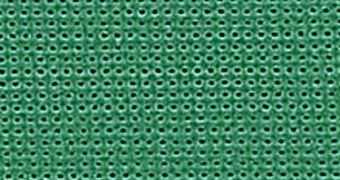A team of experts from California announces that it manage to improve silicon-based thermoelectric materials to such an extent, that they are now able to harvest waste heat energy.
The accomplishment is tremendously important, researchers say, given that it could lead to the creation of devices that can convert heat from microchips, processors, and car engines into usable electricity.
This has been a goal for the industry for many years, but thus far the efficiency of the converting materials did not allow for such a finely-tuned process.
Now, thanks to advancements authored by researchers at the California Institute of Technology (MIT), this may become possible at a wide scale, Technology Review reports.
Though the team demonstrated its capabilities on silicon, experts with it say that the same type of process they used can be applied to other materials as well.
The science team that led the new investigation was conducted by Caltech chemistry professor James Heath, who has been leading investigations into this field for many years.
One of the main conditions required for a material to be a good thermoelectric device is that it conducts electricity well, but is at the same time a poor heat conductor.
But most materials found in nature that can conduct electricity also conduct heat remarkably well.
What the Caltech team did was use nanoscale designs on the surface of common materials such as silicon, in a bid to sever the relationship between thermal and electrical conductivity.
This was achieved in silicon, which is one of the most abundant materials on the face of the planet. This makes the achievement all the more remarkable.
In a paper the team published in the latest issue of the esteemed scientific journal Nature Nanotechnology, the researchers explain that the patterned silicon material conducts up to 10 time less heath than its normal self.
According to physicists, it may be that the nanopatterened silicon acts as a metamaterial, a construct that is capable to bending and distorting light in very odd manners.
Caltech researcher Slobodan Mitrovic explains: “We've managed to tap into the wave nature of phonons to slow them down.” Phonons are packets of heat energy, which bounce off the material.
At this point, the group is working on developing a type of nanomesh that would allow them to etch the same type of patterns on the surface of other materials as well, other than silicon.

 14 DAY TRIAL //
14 DAY TRIAL //